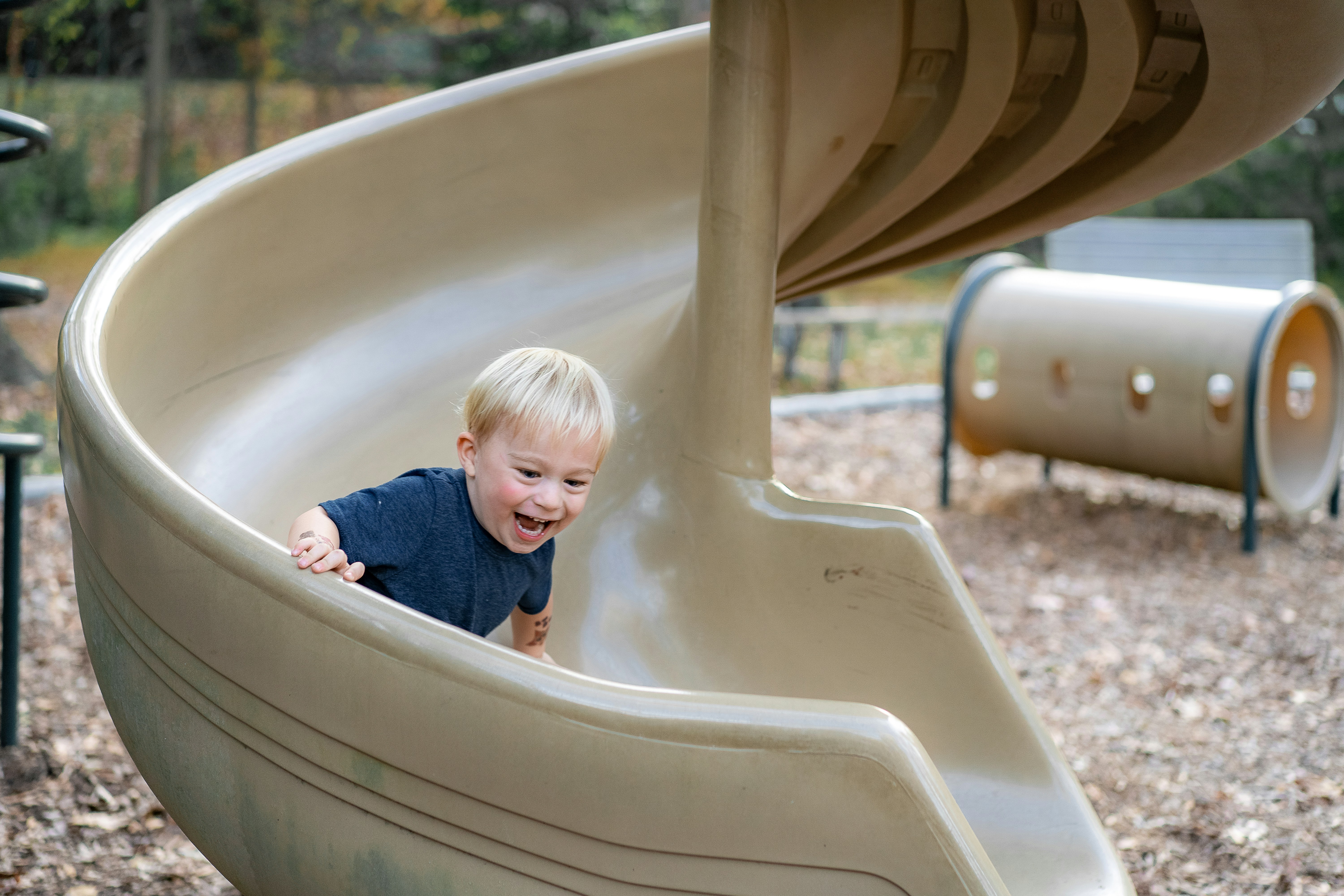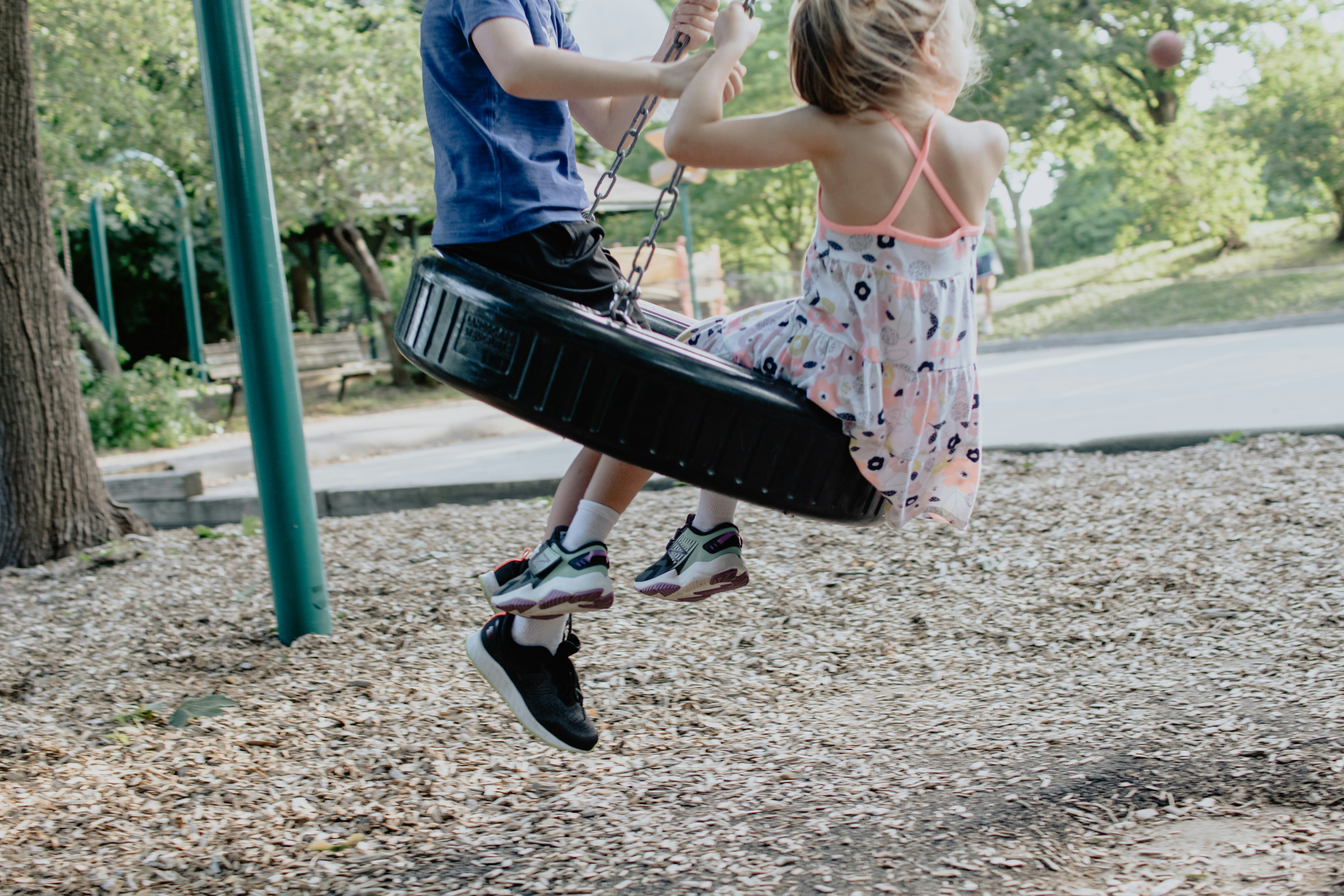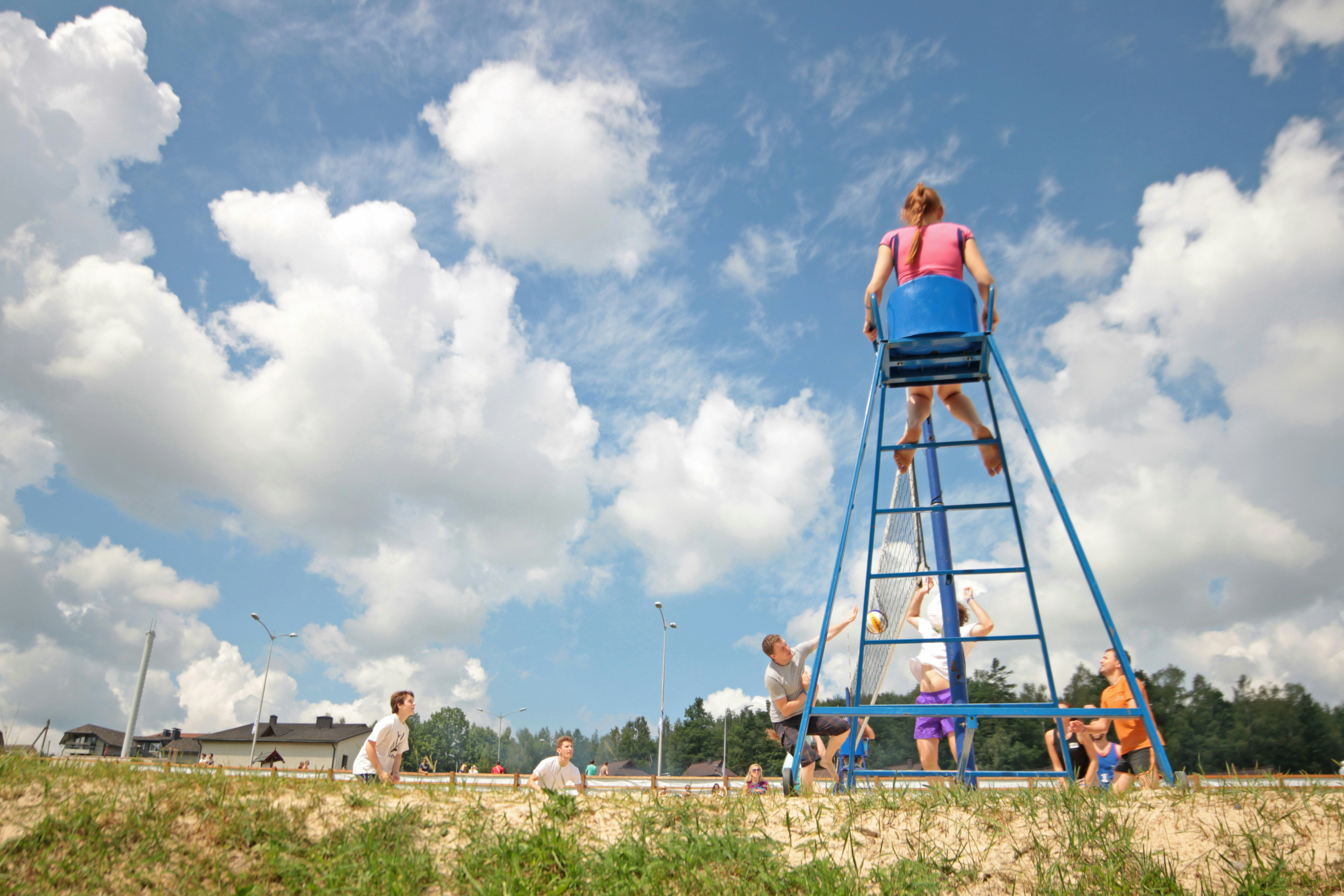Let’s talk about something crucial – playground safety for kids. As parents, caregivers, or simply concerned individuals, it is our responsibility to ensure that children have a safe and enjoyable experience whenever they are at the playground. In this article, we will explore ten best practices that can help create a safe environment, minimizing the risk of accidents and injuries. From keeping an eye on the age-appropriate equipment to teaching children how to properly use the play structures, let’s dive into these essential guidelines that will give kids the freedom to have fun while staying safe.
Supervision
Designated Adult Supervision
Having designated adult supervision is crucial when it comes to ensuring the safety of children on the playground. When kids are playing, it is important to have responsible and attentive adults present to supervise their activities. This helps prevent accidents and ensures that children are safe at all times.
Adequate Ratios of Supervisors to Children
In addition to having designated adult supervision, it is equally important to maintain adequate ratios of supervisors to children. This means having enough adults present to ensure that all children are properly supervised. By having a sufficient number of supervisors, it becomes easier to monitor children’s activities, address safety concerns promptly, and provide immediate assistance when needed.
Active and Engaged Supervision
Supervising children on the playground involves more than just being physically present. It also requires active and engaged supervision. This means paying close attention to children’s actions, anticipating potential risks, and intervening when necessary. Engaged supervisors are proactive in identifying potential hazards and are constantly looking for ways to ensure the safety and well-being of the children under their care.
Playground Design
Age-Appropriate Equipment
Creating a safe playground environment involves providing age-appropriate equipment. Different age groups have different abilities and developmental needs, and it is essential to have equipment that suits their specific requirements. Installing equipment that is suitable for each age group reduces the risk of accidents and ensures that children can play safely and comfortably.
Properly Maintained Equipment
Regular maintenance and inspection of playground equipment are crucial to ensuring its safety. This involves checking for any signs of wear and tear, loose or broken parts, and addressing any maintenance issues promptly. Properly maintained equipment minimizes the risk of accidents caused by faulty or damaged structures, keeping the playground a safe and enjoyable space for children.
Access to Sunshade or Shelter
Providing access to sunshade or shelter is another important aspect of playground design. Exposure to excessive sunlight can lead to sunburn, heatstroke, and other heat-related illnesses. Having shaded areas or shelters allows children to take breaks from direct sunlight, protecting them from potential harm and ensuring their comfort while playing.
Safety Surfacing
Use of Impact-Absorbing Materials
One of the key considerations for playground safety is the use of impact-absorbing materials for the surfacing. The playground surface should be designed to cushion falls and reduce the severity of injuries. Materials such as rubber, wood chips, or synthetic turf with adequate shock-absorbing properties can help minimize the impact of falls and create a safer play environment.
Regular Inspection and Maintenance of Surfacing
Regular inspection and maintenance of the safety surfacing is essential to ensure its effectiveness. Any signs of wear, damage, or degradation should be addressed promptly to maintain the safety standards of the playground. By regularly inspecting and maintaining the surfacing, the risk of accidents due to uneven or deteriorating surfaces can be mitigated.
Spacing and Layout
Adequate Space Between Equipment
Proper spacing between playground equipment plays a vital role in preventing accidents. Sufficient space should be provided between different pieces of equipment to avoid overcrowding and minimize the risk of collisions. A well-spaced layout allows children to move freely without obstruction, reducing the chances of injuries caused by entanglement or accidental contact.
Separate Areas for Different Age Groups
Designating separate areas for different age groups is crucial to ensure the safety of children on the playground. Play equipment designed for older children may pose a greater risk for younger children. By providing designated spaces for different age groups, the risk of accidents and injuries due to inappropriate equipment usage can be significantly reduced.
Strategically Placed Benches for Observation
Strategic placement of benches throughout the playground is important for observation and supervision. These benches allow adults to have a clear view of the play areas, ensuring that children are playing safely and are under appropriate supervision. By providing comfortable seating options for caregivers and supervisors, it encourages active engagement in ensuring playground safety.
Playground Accessibility
ADA Compliance for Wheelchair Accessibility
Making playgrounds accessible to children with disabilities is crucial for fostering inclusivity and ensuring their safety. Adhering to the Americans with Disabilities Act (ADA) standards ensures that playgrounds are wheelchair accessible. Including ramps, accessible pathways, and equipment designed for children with mobility challenges helps create an environment where all children can participate and enjoy outdoor play.
Inclusive Design for Children with Disabilities
In addition to complying with ADA standards, incorporating inclusive design principles is essential for playground safety. This includes considering the needs of children with various disabilities, such as visual impairments, hearing impairments, or sensory processing issues. By providing equipment and sensory experiences that cater to a range of abilities, playgrounds become safe and welcoming spaces for all children.
Policies and Procedures
Regular Safety Audits and Reviews
Regular safety audits and reviews are critical for maintaining playground safety. These audits help identify potential hazards, assess the overall safety of the playground, and determine if any improvements or modifications are needed. By conducting these audits regularly, playground operators can stay proactive in ensuring that the play area meets the highest safety standards.
Emergency Action Plans
Having well-defined emergency action plans is essential to handle any unforeseen accidents or incidents on the playground. These plans should outline the steps to be taken in case of emergencies, including contacting emergency services, notifying parents or guardians, and ensuring the safety and well-being of the children. By having clear and effective emergency action plans in place, playground operators can respond promptly and appropriately to any emergency situation.
Proper Signage for Rules and Recommendations
Displaying clear and concise signage that highlights playground rules and recommendations is important for promoting safety. Signs should provide guidance on appropriate equipment usage, age restrictions, and any other safety guidelines that need to be followed. Proper signage helps educate both children and adults, ensuring that everyone is aware of the rules and recommendations for safe play.
Risk Assessment
Identification and Evaluation of Potential Hazards
Conducting a thorough risk assessment is vital to identify and evaluate potential hazards in the playground. This involves examining each element of the play area, including equipment, surfacing, and surrounding areas, to identify any potential risks. By recognizing hazards early on, appropriate measures can be implemented to minimize the risk of accidents and injuries.
Mitigation and Reduction of Risks
Once potential hazards are identified, it is crucial to take measures to mitigate and reduce the risks. This may involve adjusting equipment placement, modifying play surfaces, or implementing additional safety measures. By actively working to reduce risks, playground operators can create an environment that prioritizes the safety and well-being of children.
Education and Training
Education on Playground Safety for Supervisors
Providing education and training on playground safety for supervisors is essential. Supervisors should be equipped with the knowledge and understanding of playground safety guidelines, potential hazards, and emergency procedures. This empowers them to effectively supervise and respond to any safety concerns or emergencies that may arise.
Training for Playground Staff on First Aid and CPR
All playground staff should receive training in first aid and CPR (cardiopulmonary resuscitation). This training equips them with the skills needed to respond confidently and effectively in case of accidents or medical emergencies. By having trained staff on site, the response time for medical assistance can be significantly reduced, potentially minimizing the severity of injuries and ensuring the well-being of the children.
Maintenance and Repairs
Scheduled Equipment Inspections
Regular inspections of playground equipment are crucial for identifying any signs of wear or damage. Implementing a schedule for equipment inspections ensures that potential issues are identified promptly and addressed before they escalate. By conducting these regular inspections, playground operators can maintain the integrity and safety of the equipment, reducing the risk of accidents.
Prompt Repairs or Replacement of Damaged Equipment
Once any issues with playground equipment are identified, prompt repairs or replacement should be carried out. Damaged or faulty equipment poses a significant safety risk to children and should be addressed immediately. By taking prompt action, playground operators can ensure that all equipment is safe for use, minimizing the risk of accidents and injuries.
Community Engagement
Involvement of Parents and Caregivers
Engaging parents and caregivers in playground safety is essential for creating a safe environment for children. Building a strong partnership with parents and caregivers allows for open communication about any safety concerns, potential hazards, or accidents that occur on the playground. By involving parents and caregivers, a community effort can be made to ensure the ongoing safety of the playground.
Communication Channels for Feedback and Reporting
Providing communication channels for feedback and reporting is crucial for maintaining a safe playground. This can include suggestion boxes, dedicated email addresses, or online platforms for reporting safety concerns or providing feedback. By actively encouraging feedback and providing channels for open communication, playground operators can address any safety issues promptly and continuously improve the safety measures in place.
In conclusion, ensuring playground safety for kids involves various best practices. From designated adult supervision and age-appropriate equipment to proper maintenance and community engagement, all aspects play a significant role in creating a safe and enjoyable playground environment. By implementing these best practices and continuously evaluating and improving safety measures, we can ensure that children have a secure and fun-filled experience on the playground.



